We are proud to be at the forefront of technological innovation, driving the future of smart metering and smart grid applications through our cutting-edge cellular communication devices. Our solutions empower utilities to optimize energy distribution, enhance operational efficiency, and deliver reliable services to their customers.

Last-mile smart metering via cellular networks is the best choice for utilities due to its reliability, scalability, security and cost-effectiveness. Cellular networks provide extensive coverage, ensuring that meters in remote or hard-to-reach areas are connected, thereby eliminating the need for utilities to invest in building and maintaining their own communication infrastructure. This widespread coverage ensures consistent data transmission and reduces service interruptions, enhancing operational efficiency.
Our cellular communication devices are integral to the evolution of smart metering systems. Energy meters equipped with connectivity enable utilities to gather real-time data on energy consumption. This data-driven approach provides numerous benefits:
| Accurate Billing: Real-time data collection ensures precise billing, reducing errors and disputes | |
| Energy Usage Insights: Provides detailed consumption data, helping customers and utilities understand usage patterns and identify opportunities for energy conservation. | |
| Operational Efficiency: Remote monitoring and automated data collection streamline operations, reduce the need for manual meter readings, and enhance overall system efficiency. |
These advantages lead to better customer service, optimized resource management, and improved operational performance for utilities.
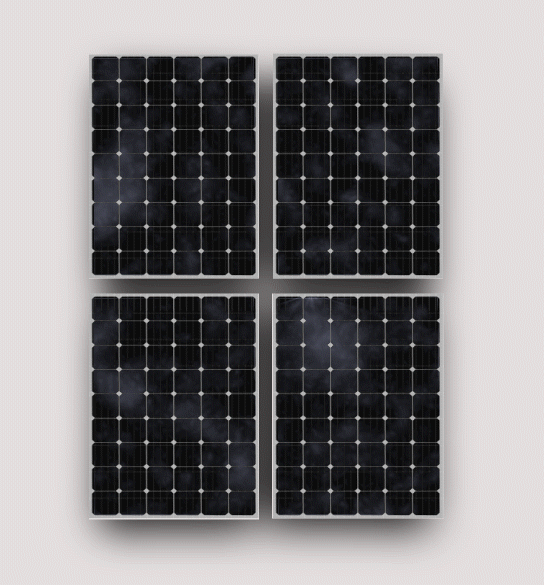 Our cellular communication devices (like industrial routers, switches and relays etc.) are also pivotal in the development and deployment of smart grid technologies. A smart grid is an intelligent network that uses digital communication technology to detect and react to local changes in usage. Here’s how our devices contribute to a smarter grid:
Our cellular communication devices (like industrial routers, switches and relays etc.) are also pivotal in the development and deployment of smart grid technologies. A smart grid is an intelligent network that uses digital communication technology to detect and react to local changes in usage. Here’s how our devices contribute to a smarter grid:
| Real-Time Monitoring: Utilities can continuously monitor the grid’s performance, identifying issues before they escalate and ensuring a stable supply of energy. | |
| Demand Response: By analyzing consumption patterns, utilities and grid operators can implement demand response strategies, adjusting the supply in real-time to match the demand. This leads to better utilization of resources and prevents blackouts. | |
| Integration of Renewable Energy: Our technology facilitates the seamless integration of renewable energy sources like solar and wind, helping utilities to balance traditional and renewable energy supplies effectively. | |
| Grid Resilience: Enhanced communication and real-time data enable quick response to outages and faults, improving the overall resilience of the grid. |
At WM Systems, we are committed to driving innovation in the energy sector. Our cellular communication devices are designed to meet the highest standards of reliability, security, and performance. We work closely with utilities to tailor our solutions to their specific needs, ensuring seamless integration and maximum impact.
Join us in transforming the future of energy. With our advanced technology, we are making smart metering and smart grid applications more efficient, reliable, and sustainable. Together, we can build a smarter, greener, and more resilient energy infrastructure for generations to come.
today to learn more about how our solutions can benefit your utility operations and contribute to a smarter energy future.
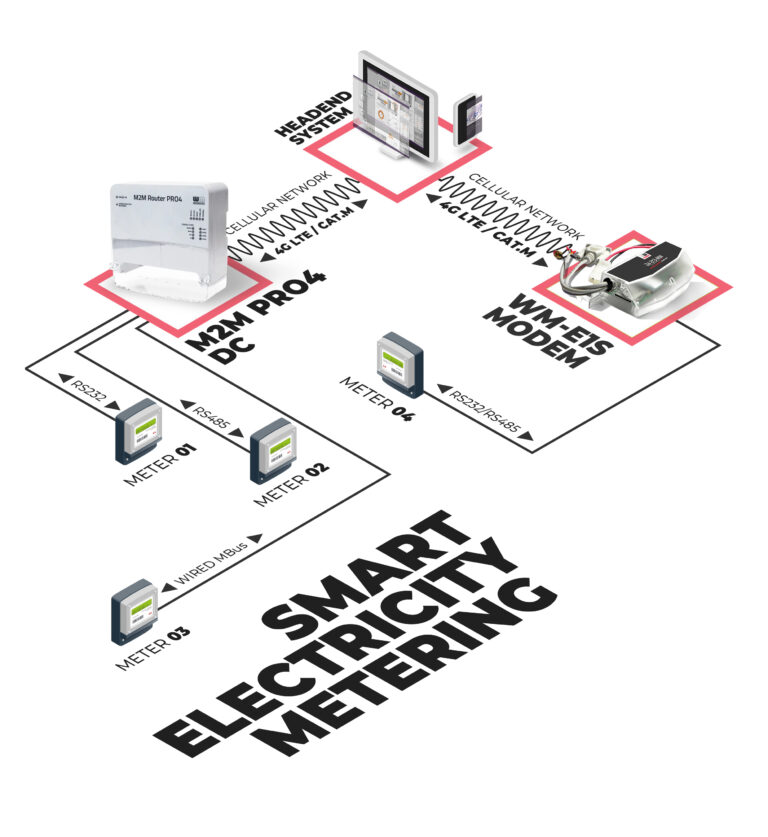 Smart metering is crucial not only for billing purposes, but most importantly to gain actionable insight about the demand on the grid in order to be able to balance it better with supply. Smart metering begins with communication devices that collect and send data to a central management planform. Today, cellular IoT technologies such as NB-IoT and Cat-M1 allow massive smart metering systems to operate reliably and cost efficiently.
Smart metering is crucial not only for billing purposes, but most importantly to gain actionable insight about the demand on the grid in order to be able to balance it better with supply. Smart metering begins with communication devices that collect and send data to a central management planform. Today, cellular IoT technologies such as NB-IoT and Cat-M1 allow massive smart metering systems to operate reliably and cost efficiently.
We offer cellular IoT communication devices for smart metering solutions: modems and routers allow for Automated Meter Reading (AMR) of electricity and water meters!
You can also build infrastructure – by combining with our data concentrators, routers – to collect and send data to the central head-end-system (HES) or a database.
Our modems were specifically designed for the electricity meters of large manufacturers (such as Elster®, Honeywell®, Itron®, Landis+Gyr® and EMH®). These modems are at the heart of AMI (Advanced Metering Infrastructure) of public utility companies.
The modems connect to the meters, read the consumption data (through RS232/RS485), and send them to the data center via cellular networks, while providing remote access and monitoring features for the head-end systems. Features include transparent push data sending, pull on-demand requests, scheduled readouts, and meter data downloads, and more.
Some of our modems support the multi-meter connection, allowing to connect multiple meters to one modem.
The meters are connected via RS485 and the modem sends the data from a single “master” meter.
This is a cost-effective solution when implementing an automated energy metering system.
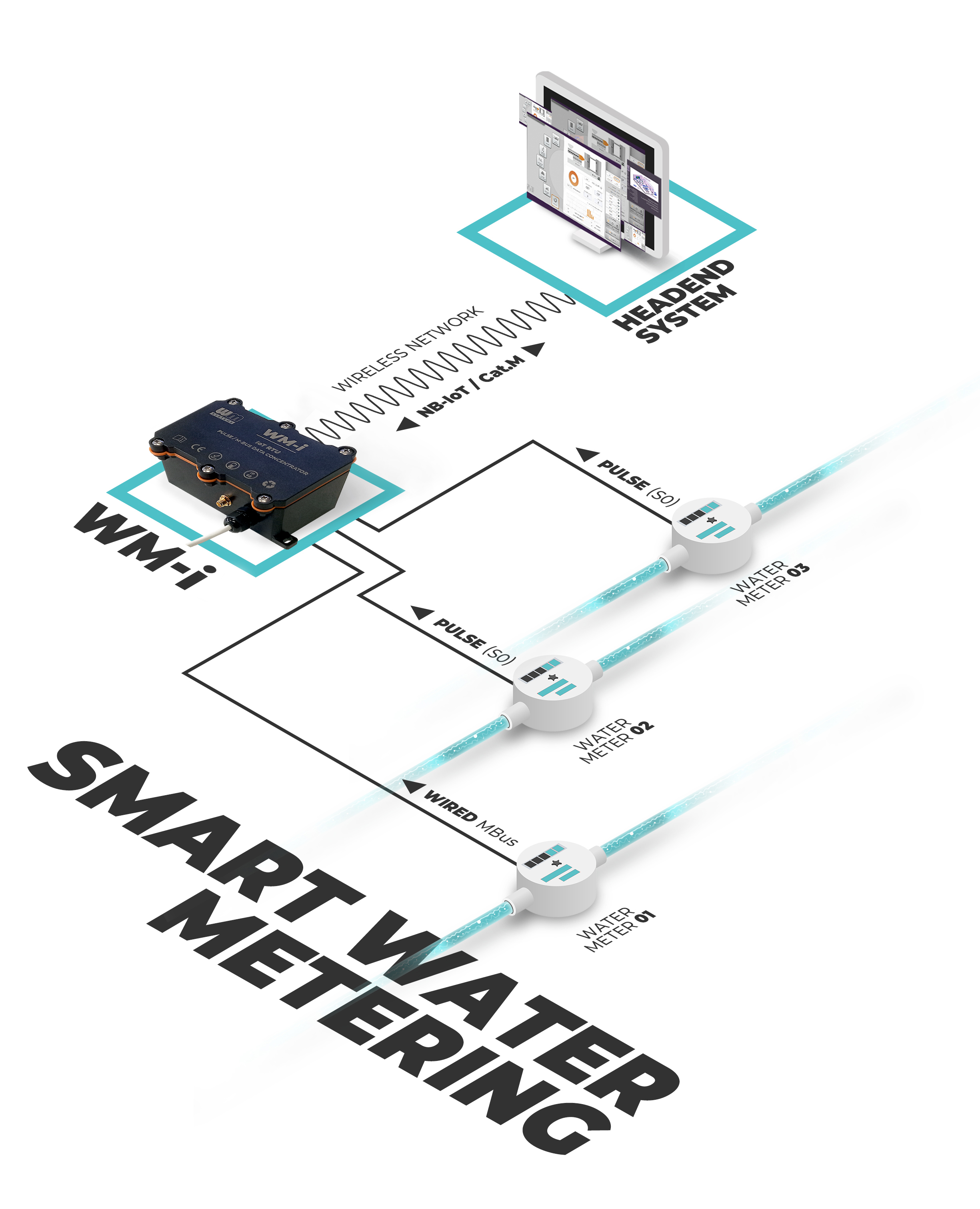 One of the main challenges water companies face today is what the industry calls Non-Revenue Water, the quantity of water lost due leakage and theft.
One of the main challenges water companies face today is what the industry calls Non-Revenue Water, the quantity of water lost due leakage and theft.
The right information at the right time enables the right decisions. Digitalisation and intelligent use of data make it possible to improve operational efficiency as never before.
We solve the limitations of network construction in legacy two-hop networks LoRa or RF. These traditional technologies operate on unlicensed spectrum, which may cause channel interference among different applications, such as water, electricity metering or public street lighting.
NB-IoT offers deep coverage and massive connections with low power consumption. It is an ideal network communications technology for the smart water solution.
Our data logger receives pulse signals, Mbus data simultaneously and periodically sends them to the data center on the NB-IoT / Cat.M network. The device is powered by a long-life battery solution.
It supports the modern IoT transportation protocols such as the MQTT and LwM2M.
Our Device Manager software adds true value to any smart water metering solution. Using a Windows-based remote device management platform, you have continuous access to your devices.
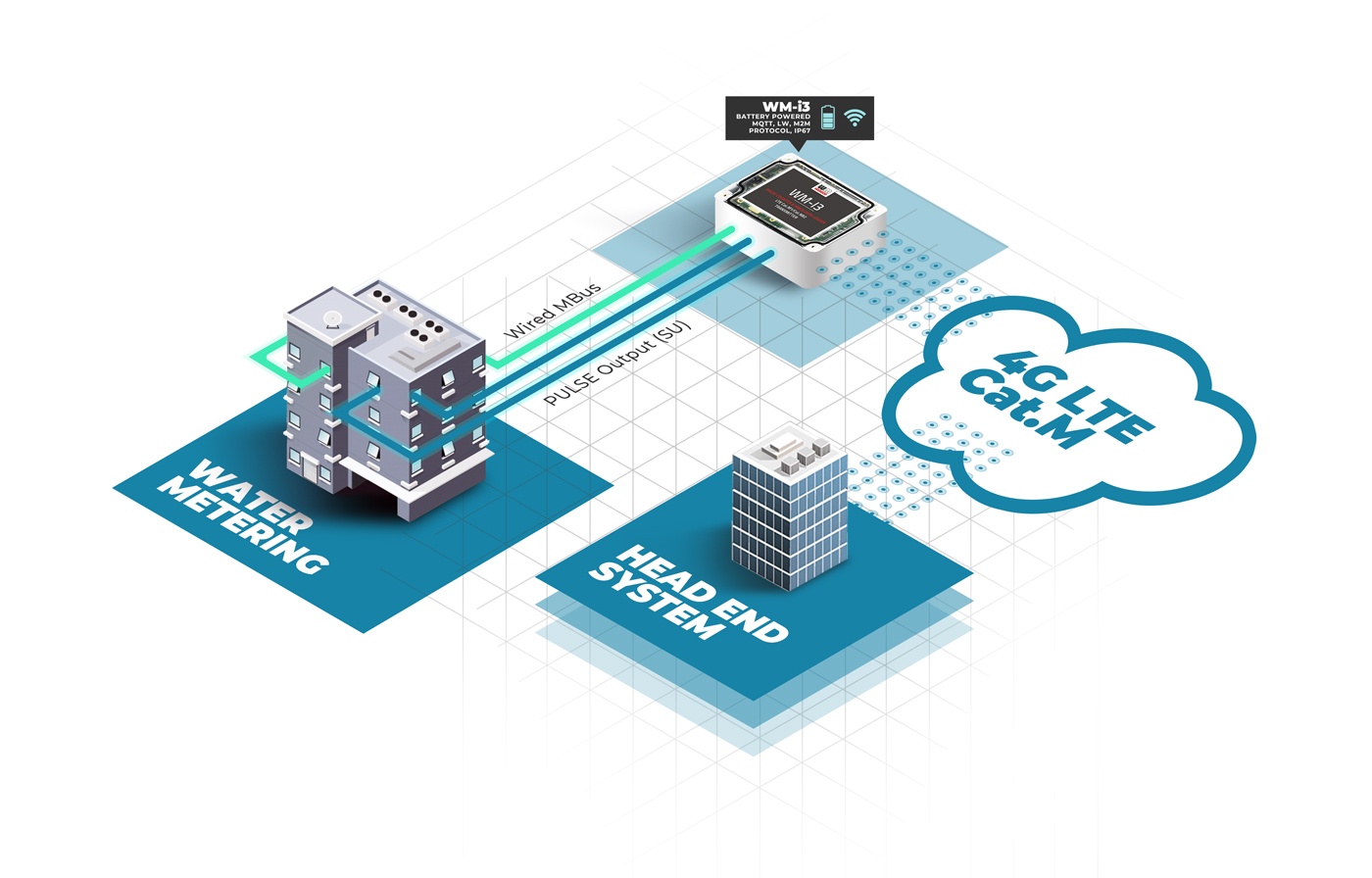
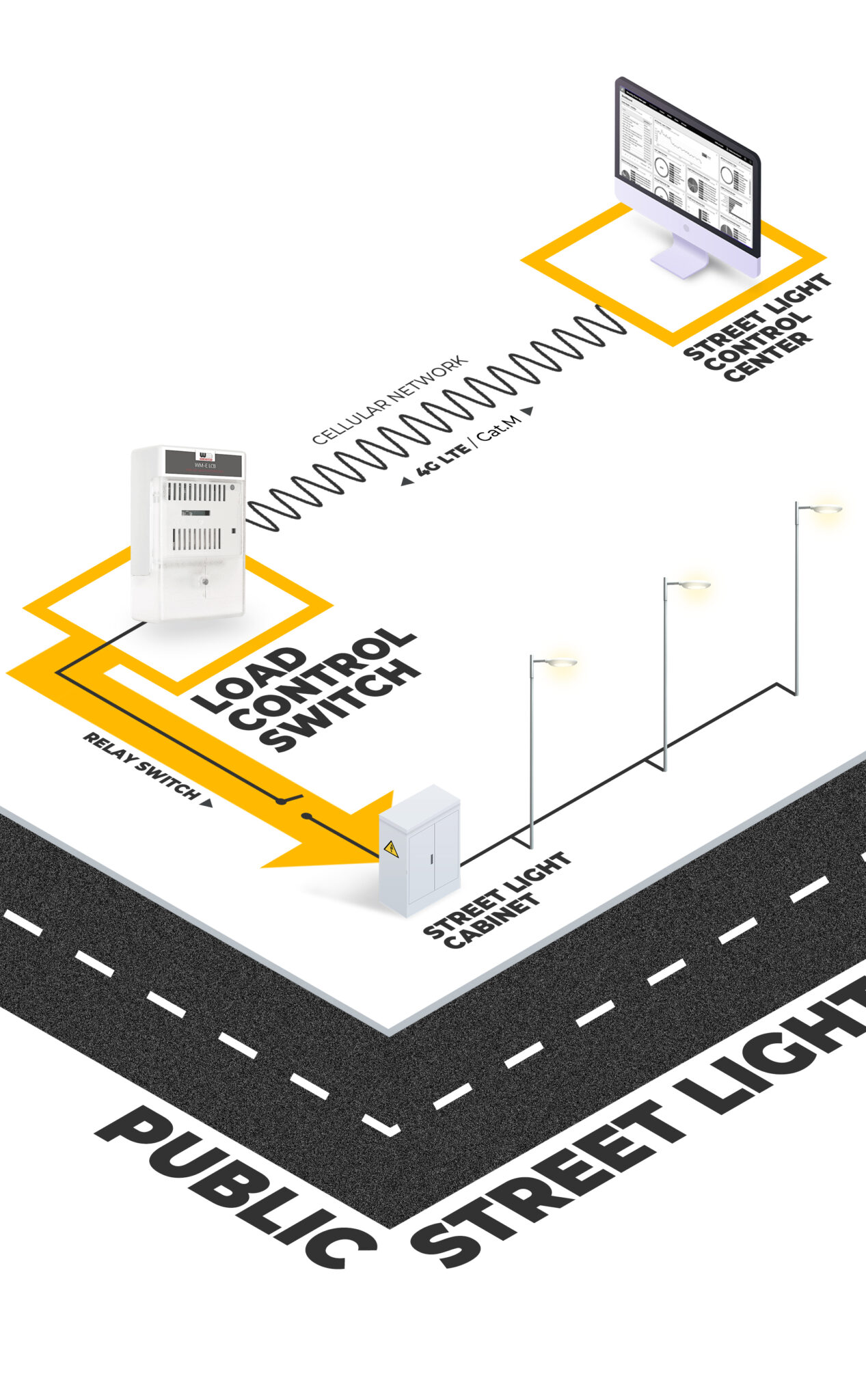 Streetlights are a proven way to reduce crime and accidents, but those benefits come at a steep price. According to the World Bank, in some cities, streetlights use so much electricity they consume up to 20% of municipal budgets.
Streetlights are a proven way to reduce crime and accidents, but those benefits come at a steep price. According to the World Bank, in some cities, streetlights use so much electricity they consume up to 20% of municipal budgets.
Many cities have replaced their metal halide and high-pressure sodium streetlights with LEDs, which are 40% to 60% more energy-efficient, to save money. Higher efficiency also helps cities meet green goals like reduced CO2 emissions.
Now cities are turning to Internet of Things (IoT) technology to take those benefits to the next level. IoT enables “smart streetlights” that use sensors to increase their brightness automatically when vehicles and pedestrians are nearby. For example, smart streetlights can use IoT to connect to a city’s existing video surveillance cameras to detect pedestrians. IoT also enables centralized management, such as turning up the brightness for all streetlights on the blocks surrounding an arena as a game ends.
These kinds of IoT-powered capabilities save far more electricity than traditional methods such as timers — or leaving streetlights at the same brightness all the time. They also reduce light pollution, which disrupts the circadian rhythms of people living in cities and suburbs. No wonder that the global installed base of smart streetlights has a compound annual growth rate (CAGR) of 24.5%, according to Berg Insight.
Obviously, it is connectivity that makes smart street lighting smart. Most legacy smart public lighting systems using PLC / Mesh communications suffer from latency, manageability and other issues. Cellular technologies, such as LTE, 5G, and NB-IoT are ideal for smart street light monitoring, control and management.
For basic smart lighting service, which generates small amounts of data, the best communication technologies are the two emerging cellular-based IoT standards, NarrowBand-IoT (NB-IoT) and Long-Term Evolution (LTE)-Cat-M1, which have been designed to implement Low-Power Wide-Area Networks (LPWANs).
Our devices are at the heart of flexible public lighting services, providing an internet-based bi-directional communication based on the Open Smart Grid Platform. They allow the automation of basic lighting controls such as switching on/off based on a programmable schedule, dimming, failure detection, and monitoring lamps status and consumption (e.g.: voltage, current and power factor).
Load management solutions have a vital role in the smart grid of the future. They allow us to use pre-defined control strategies to remotely optimize water heaters, electricity chargers, heat pumps, and HVAC systems during periods of high demand in order to balance resources. Effective load management strategies allow utilities to avoid black-outs and consumers to save on electricity bills.
Legacy load management systems provide only 1-way communication, which means there is no confirmation that the device has received the message and executed the instructions properly. While these systems did manage to optimize costs during peak demand and prevent outages, today’s advanced grid management tasks need bi-directional communication, almost real-time load data, high availability, and reliability.
Using the latest cellular communication technologies, our products help automate load control management to allow better demand response for utilities and municipalities.
Today, the single biggest challenge solar companies face is analyzing data to improve operational efficiency. Key to this is reliable, always-on cellular connectivity, which is fully integrated into an IoT solar solution that enables total grid management.
In the case of solar plant deployments, cellular connectivity is the only truly reliable connectivity, offering unparalleled uptime and geographic coverage that other wireless connections can’t match. Two-way connections allow more sophisticated billing models and dynamic pricing.
The remote management of solar plants can be a real challenge for energy producers. The panels have to be connected to the grid, a complex network of communication devices, and platforms have to work in a stable and secure way. A real-time power monitoring system is necessary to know if the plant is producing enough energy and balancing the load on the grid.
A good IoT system in a solar plant allows operators to track important KPIs in one central control center.
Inverters are one of the most important equipment in solar plants as they play a crucial role in measurement and decision-making based on the information received. Smart inverters are connected to the cloud via bi-directional, ideally cellular-based communication, and are able to send and receive messages to central control centers. This allows for a significantly faster response and more efficient maintenance, resulting in cost savings.
In most countries, less than 10% of transformer substations and ring-main units (RMU) are connected for remote control.
With the growing popularity of Smart Grids utilities are now looking for new approaches to connect remotely-located substations, renewable energy sources, and their distribution automation equipment onto a secure and common network.
With industrial-grade M2M communication devices, it is now possible to set up a reliable, and highly secure communications network connecting the substation with the utility’s central control and monitoring location.
Cellular has become the primary communications path between the substation and the utility’s head-end control and monitoring facility.
Utilities are now replacing satellite links with cellular routers.
There are different levels of substation integration with the lowest level is the integration of transformers and circuit breakers and the highest level is a complete integration withmany different data path from the substation to the HES.
Today, most utilities focus on IED integration, since IEDs deal with both time critical operational data used to monitor and control the power system and non-operational data such as event summaries etc. that are not needed in core operations. IEDs are now being integrated with two-way communication channels.
WM Systems offers a range of products suitable for such applications, such as our Industrial Routers and DCUs and IoT Smart Relay devices.
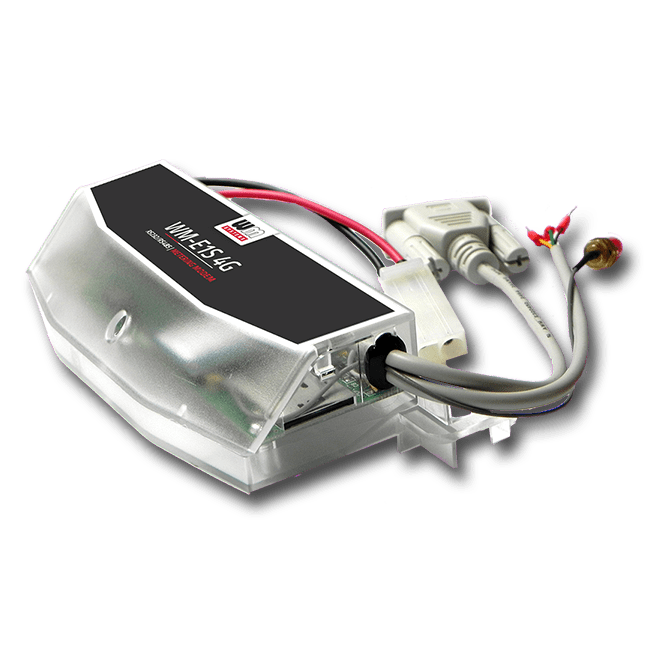
Cellular modem for Honeywell / Elster, Itron, Landis+Gyr electricity meters. Available for LTE Cat.4, LTE Cat.1 / 2G / 3G, LTE Cat.4, Cat.M and Cat.NB networks
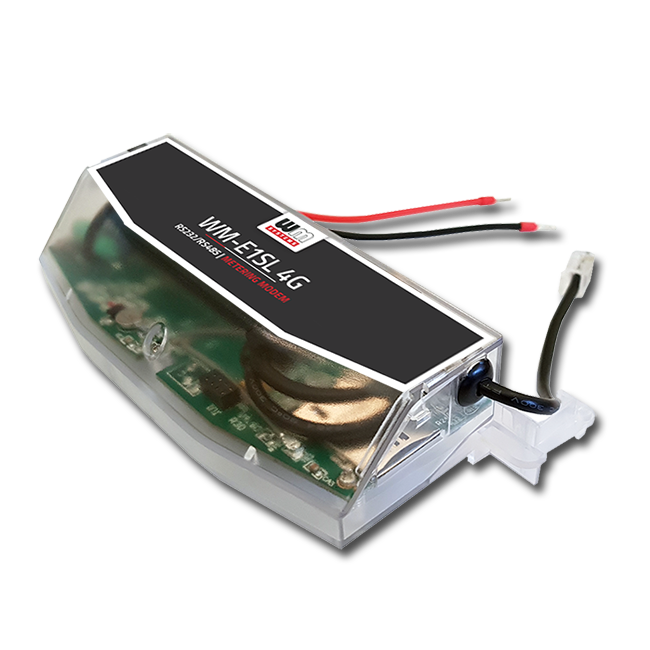
Cellular modem for Landis+Gyr E350, E450 (ZMD310, ZMD410 type) and E650 type electricity meters – for 4G LTE Cat.1 / 2G / 3G, Cat.M and Cat.NB networks
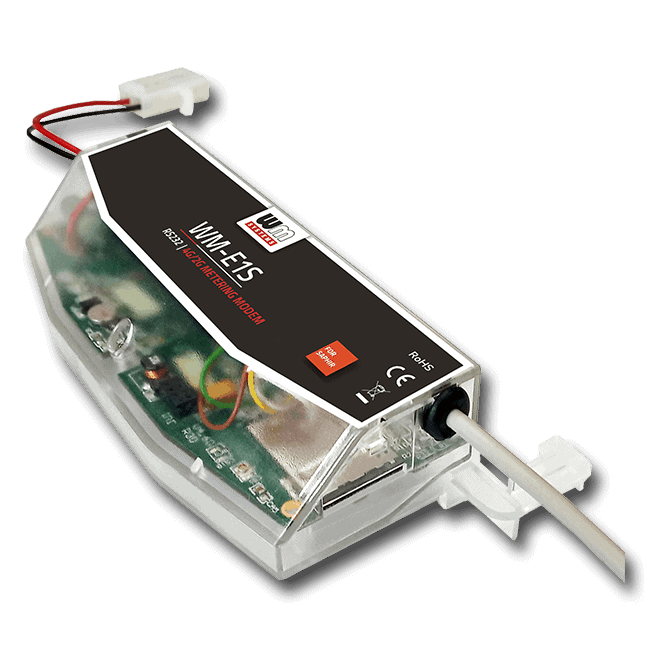
Cellular modem specifically designed for SAPHIR meters. Available for LTE Cat.1 / 2G / 3G, LTE Cat.4, Cat.M / Cat.NB networks.
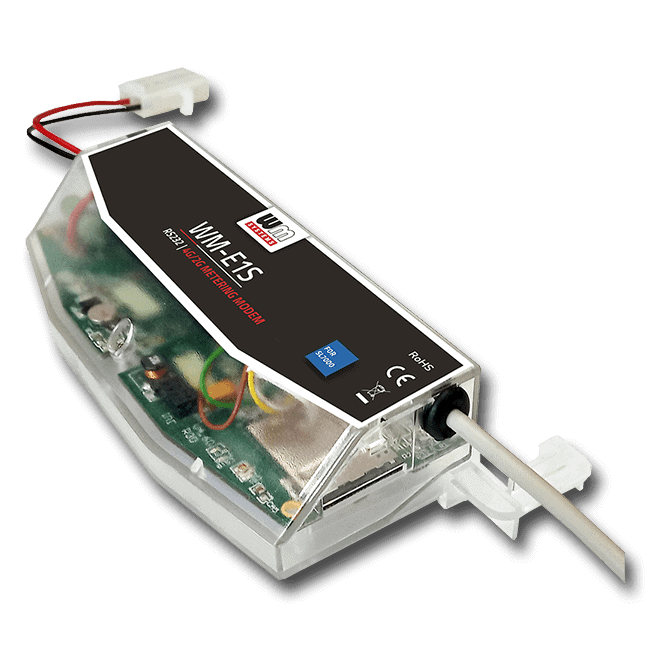
Cellular modem specifically designed for the Itron SL7000 electricity meters. Available for LTE Cat.1 / 2G / 3G, LTE Cat.4, Cat.M / Cat.NB networks.
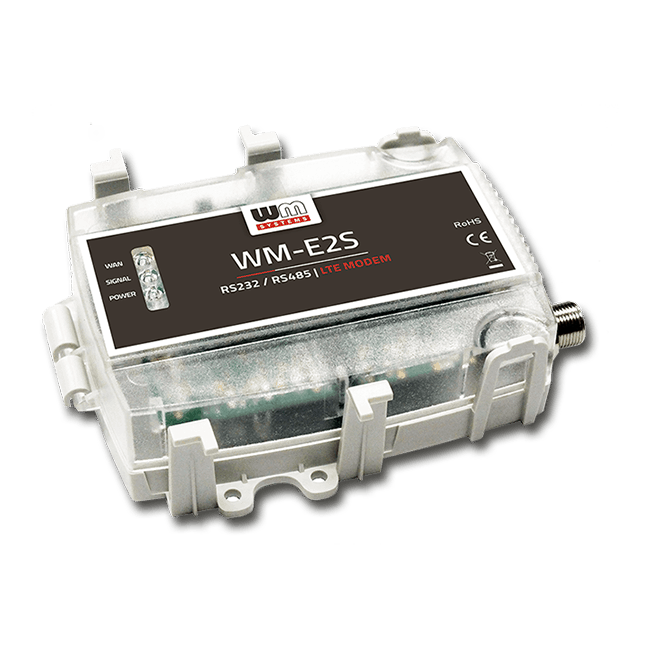
Cellular modem specifically designed for the Itron ACE6000, ACE8000, SL7000 and EM600 (E620) electricity meters. Available for 2G, LTE Cat.1 / 2G / 3G, LTE Cat.M/Cat.NB, LTE Cat.M 450MHz networks.

Cellular modem specifically designed for PME-PMI meters. Available for LTE Cat.4 / 3G / 2G, LTE Cat.1 / 2G, LTE Cat.M and Cat.NB / 2G networks.
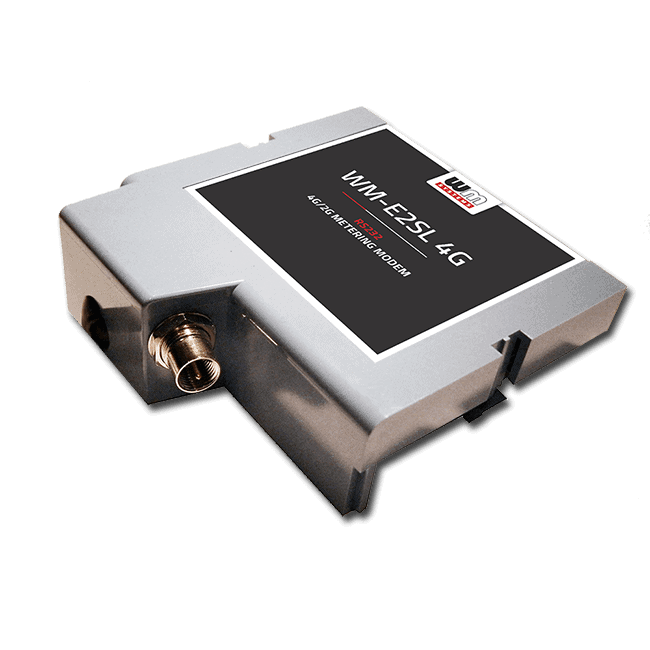
Cellular modem for Landis+Gyr E350, E450, E550 (type ZxG 3xx and ZxG 4xx) electricity meters – for 2G, LTE Cat.1 / 2G / 3G, LTE Cat.M / Cat.NB, and LTE Cat.M 450MHz networks
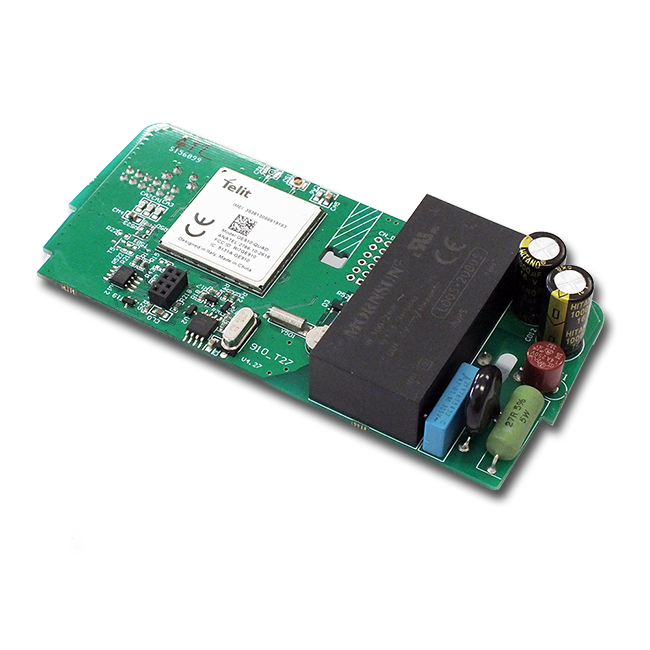
Cellular modem specifically designed for Honeywell AS220/AS230/AS300 and AS1440, AS3000/AS3500 electricity meters. Available for LTE Cat.1 / 2G / 3G, LTE Cat.4, Cat.M / Cat.NB networks.
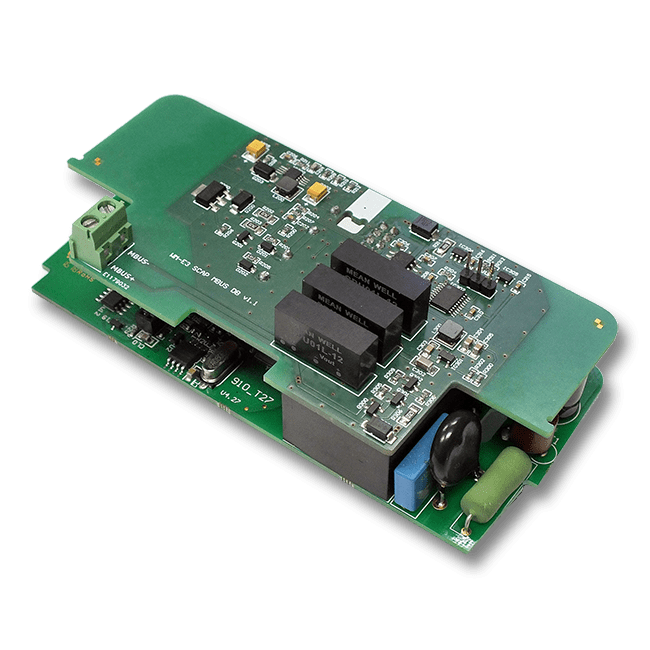
Cellular modem specifically designed for the Honeywell AS3000 and AS3500 MBUS electricity meters. Available for LTE Cat.4 / 3G / 2G networks.
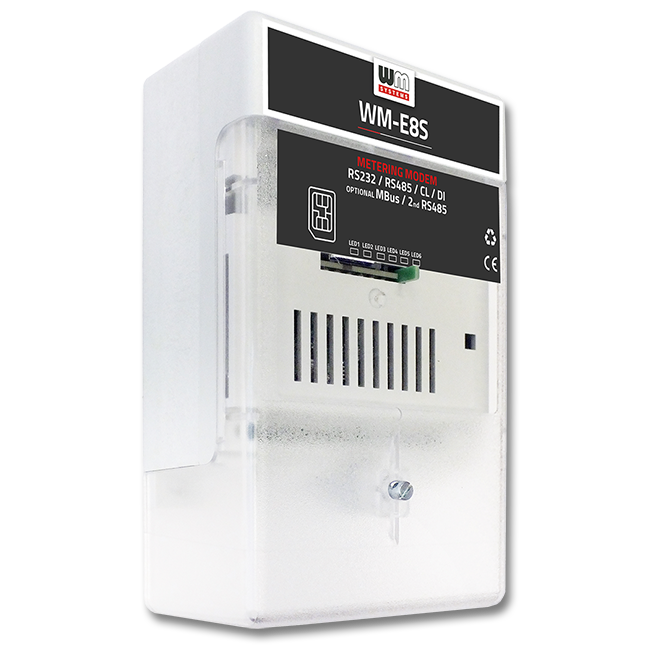
External transparent modem for universal meter connection. Available for LTE Cat.1 / Cat.M / 2G networks with 450MHz support.
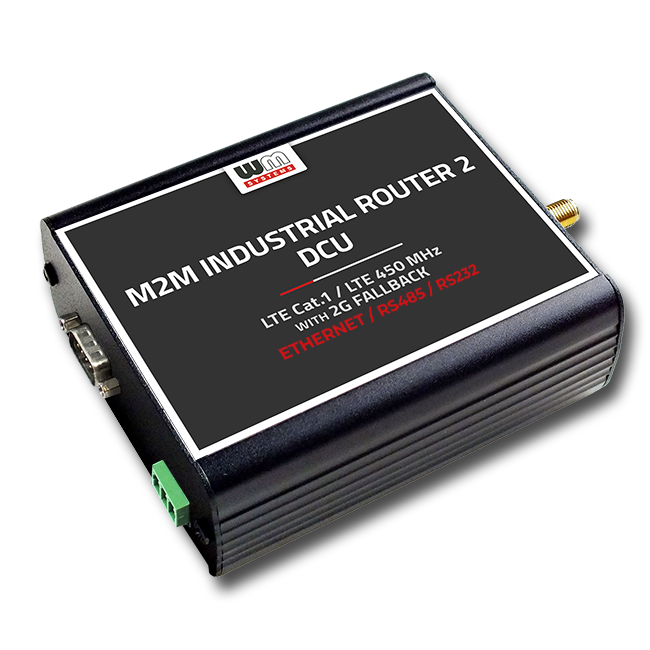
Reliable and Rugged Communication Device for Smart Grid and Industrial Applications

Best-seller basic, rugged industrial IoT router with wireless Mbus DCU features
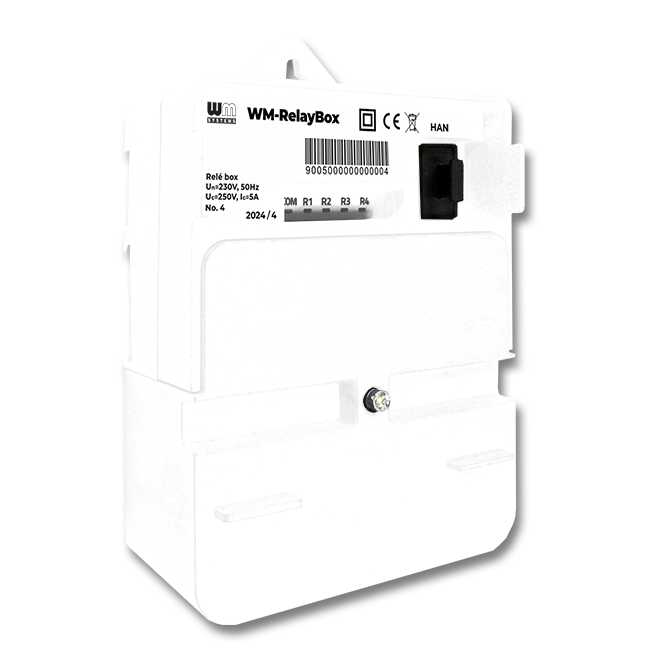
Protect your investment by adding extra relays to your smart meter for complete grid management
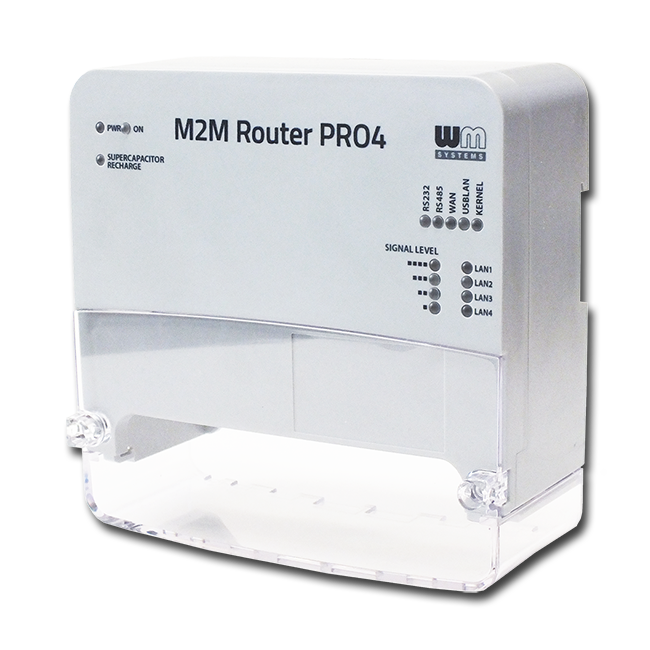
Industrial cellular router, gateway and data concentrator developed specifically for IoT and IIoT applications
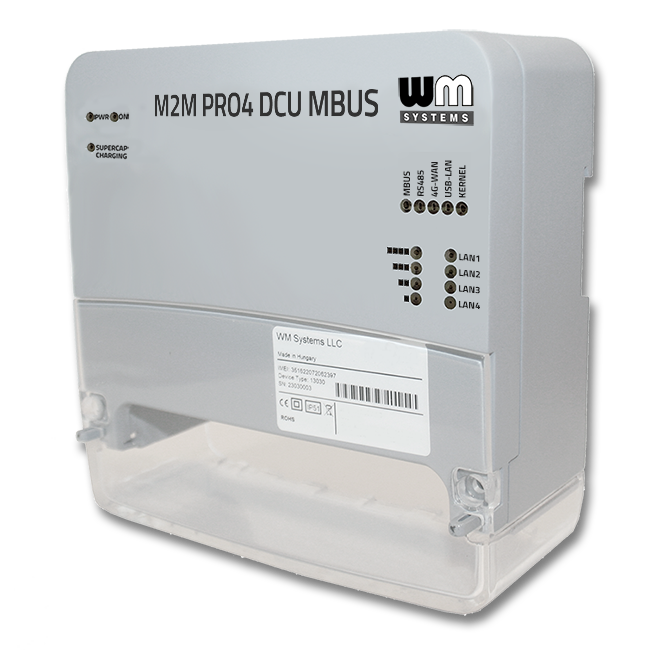
Data concentrator with MBus feature for smart metering application and industrial automation